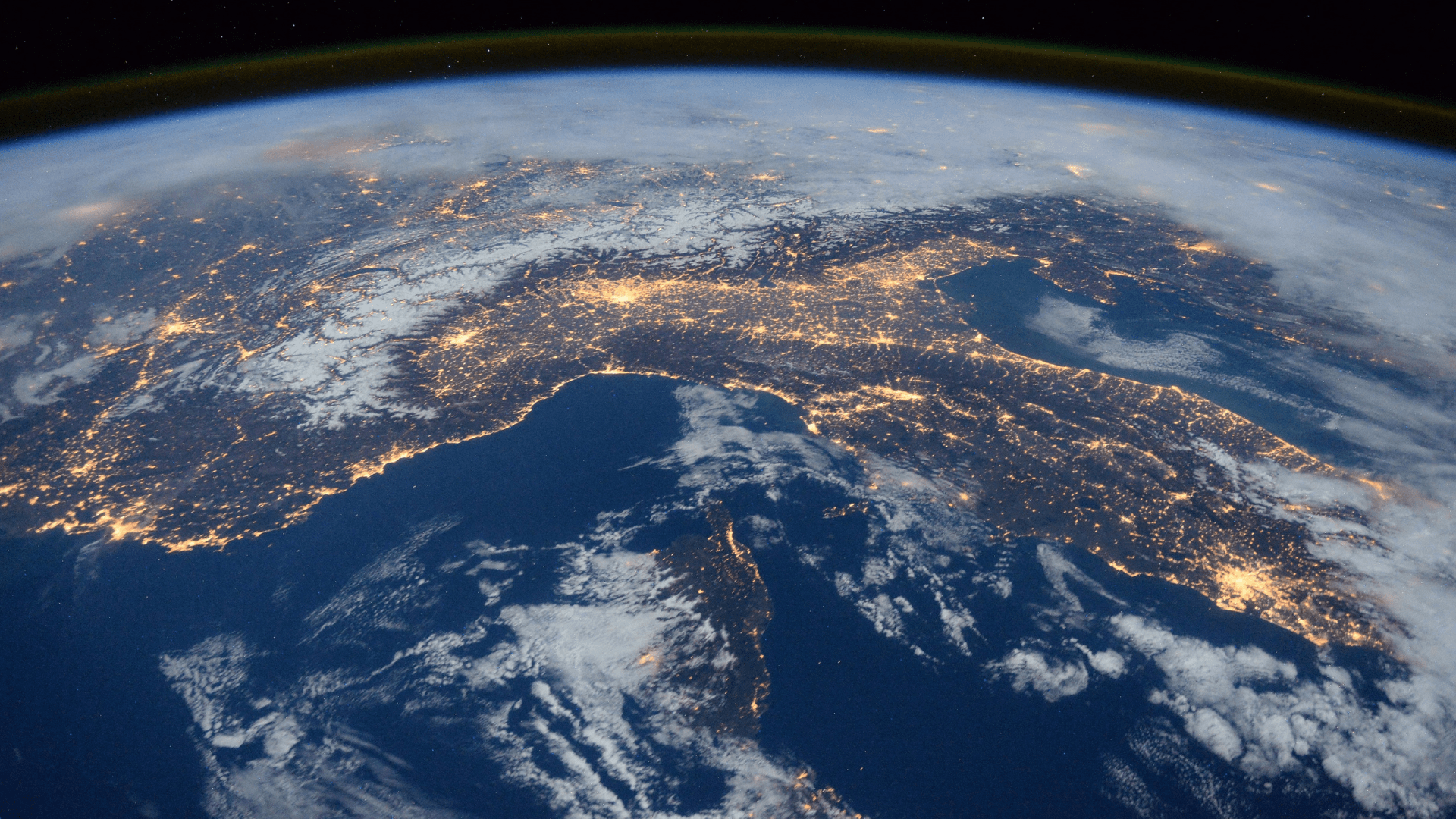Climate models: measuring and modeling the atmosphere

Climate change is now a major social issue, worrying scientists, politicians and citizens. But how do we measure and especially predict the increase in temperature in our atmosphere? What are the climate models on which the IPCC reports are based? Beyond models, these reports are in fact the result of a long chain of research, involving many scientists from different fields.
Theconversation.com – Vincent Boudon & Cyril Richard
On the occasion of the Science Festival 2020, Vincent Boudon and Cyril Richard, researchers at the ICB laboratory, published an article “The sciences hidden behind climate models" on the website The Conversation.

Climate change is one of the major problems of our century. It then becomes essential for scientists to model all the processes of the climate system in order to understand and anticipate the climate. These climate models, digital tools based on mathematical equations, take into account the fundamental principles of the conservation of mass, energy, water and quantity of movement.
At the ICB laboratory, the SMPCA team is trying to understand the interactions between molecules and the Sun’s radiation. A crucial and precise understanding:
Our models, intended to predict how molecules will absorb and emit light (known as “molecular spectroscopy“) are then fed into radiative transfer calculations, which are themselves included in atmospheric models at the same time. planetary scale.
- The Conversation – Les sciences cachées derrière les modèles climatiques
- kc_data:
- a:8:{i:0;s:0:"";s:4:"mode";s:2:"kc";s:3:"css";s:0:"";s:9:"max_width";s:0:"";s:7:"classes";s:0:"";s:9:"thumbnail";s:0:"";s:9:"collapsed";s:0:"";s:9:"optimized";s:0:"";}
- kc_raw_content:
